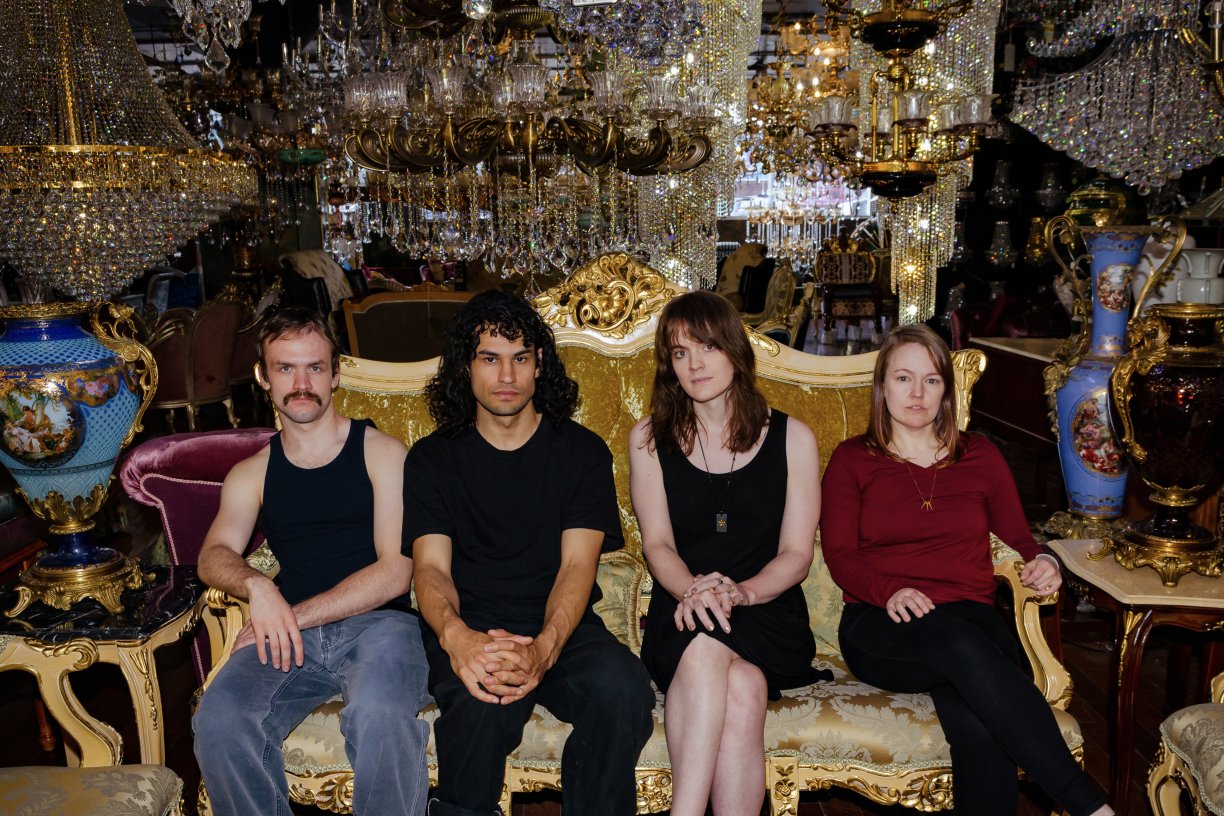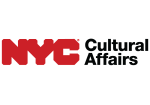Saturday, July 16th, 8pm ET ISSUE closes it’s summer season at First Unitarian Congregational Society in Brooklyn Heights with an expansive program of liberated sound featuring new work from Liturgy—the “transcendental black metal” project of composer, musician, artist, and philosopher Hunter Hunt-Hendrix—as well as new solo work by artist and composer John Wiese, and musician, visual artist, and instrument maker Victoria Shen.
At ISSUE, Liturgy gives the debut performance of 93696, a new 15-minute composition embedded in a set featuring material from other albums—H.A.Q.Q. and Aesthethica. Hunt-Hendrix notes, “93696 is in a way a very long metal song, but it's also a fully through-composed composition taking inspiration from the romantic and minimalist languages in the classical tradition. For this piece I wanted to create something that was on the one hand even more immediate and driving than most of the Liturgy oeuvre (a rock backbeat throughout rather than the burst beat), but for which every moment counts, with compositional transformations and mathematical processes playing out beneath the surface which hopefully charge things with extra meaning and momentum.” The song will appear (with much more extended studio production) on a forthcoming album from Thrill Jockey next year.
John Wiese presents the U.S. premiere of a new eight channel composition commissioned by Ina/GRM. Known for his individual approach at the intersection of American noise and modern composition, Wiese’s artistic practice crosses many disciplines, but often shares conceptual similarities to musique concrète and is expressed through fixed recorded works, diffusions, performance, and installations. In 2022, Wiese was invited to perform at the Ina/GRM’s Présences Électronique Festival along with a residency at their multi-channel studio at Radio France.
ISSUE is also pleased to present Victoria Shen performing new solo work. Shen’s music floods its location acting as a form of sculpture. Her music features analog modular synthesizers (Flower Electronics), contact microphones, and other self-built electronics. These instruments are designed to electronically create chaotic systems, systems which are highly sensitive to small changes in their initial parameters. The resulting music eschews conventions in harmony and rhythm in favor of the extreme textures and gestural tones.
Liturgy is the project of Hunter Hunt-Hendrix, whose yearning, energetic “transcendental black metal” exists in the space between metal, art music, and sacred ritual. Its current lineup features Mario Miron (guitar), Tia Vincent-Clark (bass) and Leo Didkovsky (drums). Celebrated for their fusion of sincere emotion, compositional complexity, stylistic innovation and intense live energy, the band is simultaneously a medium and platform for drama and theology. It was founded in the context of Brooklyn DIY as a solo project by Hunt-Hendrix in 2005 while she was studying philosophy and classical composition at Columbia. After expanding to a quartet they made waves globally with their 2011 sophomore album Aesthethica for introducing the style of Scandinavian black metal into the world of experimental art rock. Their ambitious 2015 album The Ark Work was controversial for its incorporation of IDM and trap production into their musical language. In fall 2019, the band released their highly acclaimed fourth studio album H.A.Q.Q., which is tied to an ongoing philosophical YouTube lecture series. Their fifth studio album Origin of the Alimonies, an opera composed alongside a film created by Hunt-Hendrix, was released in November 2020.
John Wiese is an artist and composer living and working in Los Angeles and Cleveland. From his experiments with recording as a teenager, he has since gone on to work in the world of contemporary sound art and the international experimental community. His sounds can be completely serene and sublime while at the same time being as equally frenetic and irregular, a sign of the artist’s ability to adapt and utilize a wide palette to build captivating aural works. As a performer and recording artist, his expertise in composition, texture, and experimentation with sound confirm his reputation of being an original and innovative voice in experimental music.
Victoria Shen is a sound artist, experimental music performer, and instrument-maker based in San Francisco. Shen's sound practice is concerned with the spatiality/physicality of sound and its relationship to the human body. Her music features analog modular synthesizers, vinyl/resin records, and self-built electronics. Eschewing conventions in harmony and rhythm in favor of extreme textures and gestural tones, Shen uses what she calls "chaotic sound" to oppose signal and information, eluding traditionally embedded meaning. Her DIY approach to deconstructing the concepts of “materiality, value and mass production” both integrate and re-contextualize the formats of the readymade and assemblage techniques. For example, the album art for her debut LP, Hair Birth, utilizes copper to transform the cover into a loudspeaker through which the record can be played. For recent performances, she pioneered the use of Needle Nails, acrylic nails with embedded turntable styluses, which allow her to play up to 5 tracks of a record at once. Shen has performed solo across North America, Japan, Mexico, and Europe as Evicshen. Some notable venues in which she has performed include Boston City Hall, the Solomon R. Guggenheim Museum, ISSUE Project Room NY, DOMMUNE Tokyo, and Petreon Sculpture Park Cyprus. Shen has also been an artist in residence at Elektronmusikstudion EMS Stockholm SE, WORM Rotterdam NL, Kurimanzutto New York US, the Sound Laboratory of The Royal Danish Academy Copenhagen DK, and AUDIUM San Francisco.



